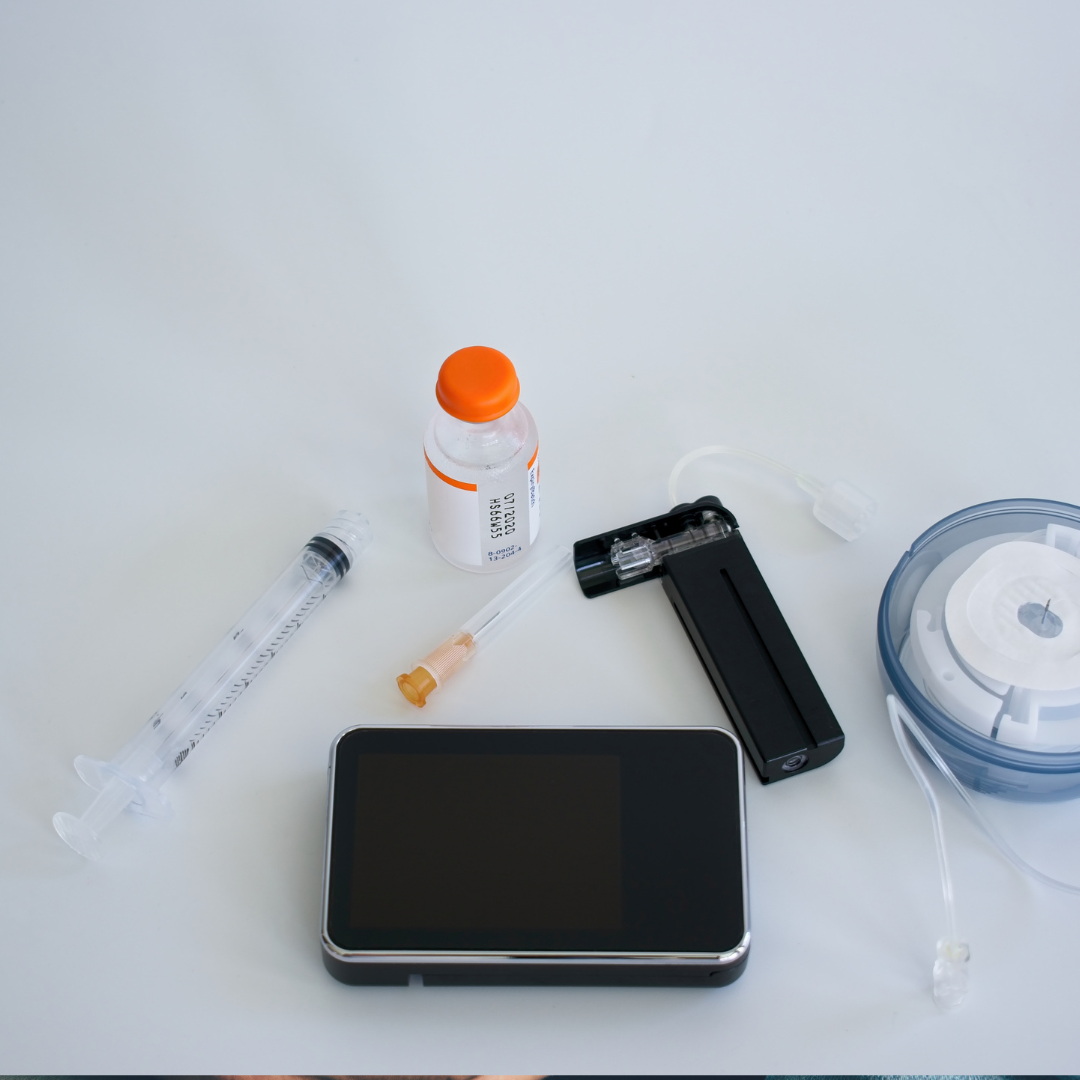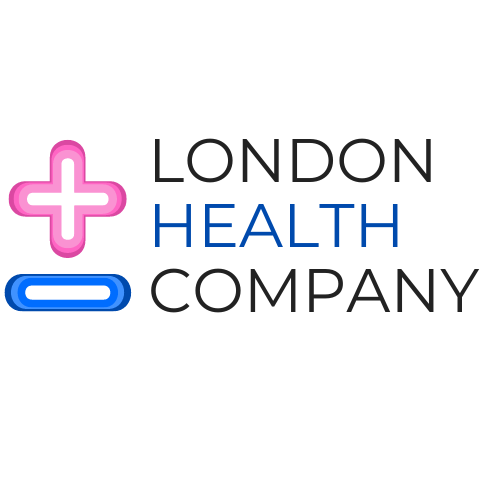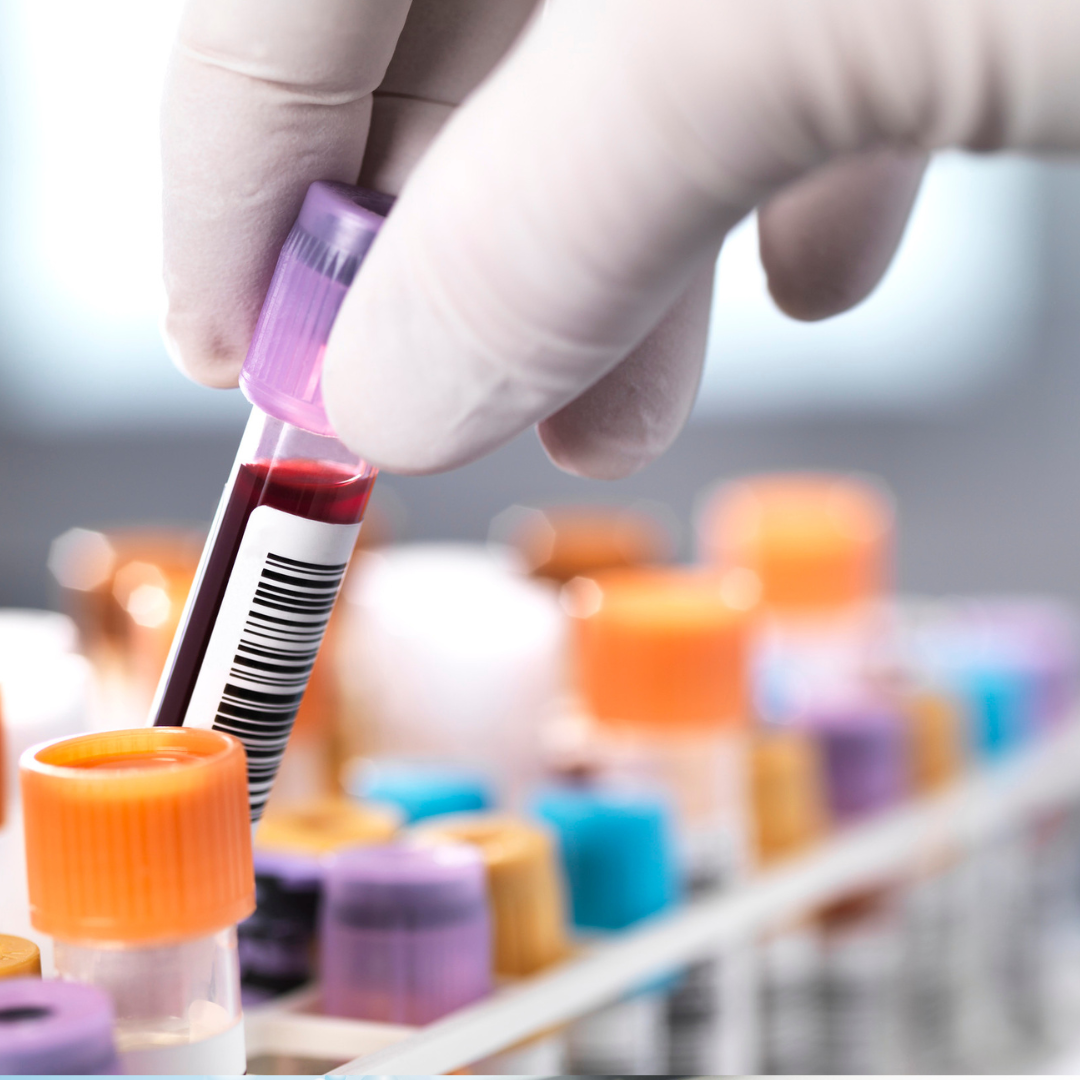
Advancing Type 1 Diabetes Care: Enhanced Blood Sugar Control with Modern Insulin Pumps
Share
Improved Blood Sugar Control with Modern Insulin Pumps for Type 1 Diabetes: University of Gothenburg Study
A recent study conducted at the University of Gothenburg reveals that adults with type 1 diabetes experience improved blood sugar levels when using advanced insulin pumps. The study, published in the Journal of Diabetes Science and Technology, highlights overwhelmingly positive feedback from patients regarding this treatment.
These modern insulin pumps, known as AHCL (Advanced Hybrid Closed Loop), utilize sophisticated technology to continuously monitor blood sugar levels and administer insulin doses through specific algorithms. Connected via a tube to a thin cannula in subcutaneous fatty tissue, these pumps deliver insulin around the clock. In Sweden, these AHCL pumps have become increasingly available for type 1 diabetes treatment in recent years.
The study, conducted in collaboration with Sahlgrenska University Hospital Östra, involved 142 randomly selected adults with type 1 diabetes using two different AHCL pumps across six diabetes clinics in Sweden. With an average age of 42 years old, participants had been using the AHCL pump for over one and a half years on average.
Results indicate a significant improvement in blood sugar control with the hybrid pump. The target range for blood sugar levels, ideally maintained between 3.9-10 mmol/L, saw an increase of approximately three and a half hours per day on average. Prior to pump usage, patients spent 57% of the time within this target range. With the hybrid insulin pumps, this percentage rose to 71.5%.
Lead author Ramanjit Singh, a Resident Physician affiliated with the University of Gothenburg, emphasizes the importance of this improvement in blood sugar control, noting its role in reducing the risk of organ damage.
Moreover, the new treatment reduced the occurrence of excessively low blood sugar levels during the day, from 0.7% to 0.3% of the time. Notably, severe blood sugar dips did not appear to be more prevalent among patients on hybrid pump therapy.
Participants' satisfaction with the advanced insulin pump compared favorably to previous diabetes treatments, with an average score of plus 14.8 on a scale ranging from minus 18 (worst) to plus 18 (best).
Despite the treatment's efficacy, the study highlights potential areas for further development. One in three patients experienced skin reactions to the adhesive used in infusion sets or sensors. Marcus Lind, Professor of Diabetology at Sahlgrenska Academy, underscores the importance of ongoing improvements in product tolerability and safety, alongside larger studies to assess treatment safety.
The insulin pumps examined in the study, MiniMed™ 780 G and Tandem® t:slim X2™ with Control IQ™, were evaluated independently of the companies responsible for their production.
A recent study conducted at the University of Gothenburg reveals that adults with type 1 diabetes experience improved blood sugar levels when using advanced insulin pumps. The study, published in the Journal of Diabetes Science and Technology, highlights overwhelmingly positive feedback from patients regarding this treatment.
These modern insulin pumps, known as AHCL (Advanced Hybrid Closed Loop), utilize sophisticated technology to continuously monitor blood sugar levels and administer insulin doses through specific algorithms. Connected via a tube to a thin cannula in subcutaneous fatty tissue, these pumps deliver insulin around the clock. In Sweden, these AHCL pumps have become increasingly available for type 1 diabetes treatment in recent years.
The study, conducted in collaboration with Sahlgrenska University Hospital Östra, involved 142 randomly selected adults with type 1 diabetes using two different AHCL pumps across six diabetes clinics in Sweden. With an average age of 42 years old, participants had been using the AHCL pump for over one and a half years on average.
Results indicate a significant improvement in blood sugar control with the hybrid pump. The target range for blood sugar levels, ideally maintained between 3.9-10 mmol/L, saw an increase of approximately three and a half hours per day on average. Prior to pump usage, patients spent 57% of the time within this target range. With the hybrid insulin pumps, this percentage rose to 71.5%.
Lead author Ramanjit Singh, a Resident Physician affiliated with the University of Gothenburg, emphasizes the importance of this improvement in blood sugar control, noting its role in reducing the risk of organ damage.
Moreover, the new treatment reduced the occurrence of excessively low blood sugar levels during the day, from 0.7% to 0.3% of the time. Notably, severe blood sugar dips did not appear to be more prevalent among patients on hybrid pump therapy.
Participants' satisfaction with the advanced insulin pump compared favorably to previous diabetes treatments, with an average score of plus 14.8 on a scale ranging from minus 18 (worst) to plus 18 (best).
Despite the treatment's efficacy, the study highlights potential areas for further development. One in three patients experienced skin reactions to the adhesive used in infusion sets or sensors. Marcus Lind, Professor of Diabetology at Sahlgrenska Academy, underscores the importance of ongoing improvements in product tolerability and safety, alongside larger studies to assess treatment safety.
The insulin pumps examined in the study, MiniMed™ 780 G and Tandem® t:slim X2™ with Control IQ™, were evaluated independently of the companies responsible for their production.



